Description
Thirty years before the Civil War Frederick Douglass was a slave—his lot, hard labor in the cotton fields, frequent lashings, a starvation diet, and prayers before breakfast.
How Douglass learned to read and taught his fellow slaves; how he planned and finally accomplished his escaped from Maryland to New York and thence to New Bedford is a thrilling and emotional tale. But the story of his long public career, the work he did, the causes he espoused, the friends he made and the positions of trust and honor he filled is one of almost superhuman accomplishment.
Shortly after he and his young wife, Anna, arrived in New Bedford, Douglass became an active participant in the abolitionist movement. It was at this time he met and became the friend of William Lloyd Garrison. Later he was to found the famous abolitionist newspaper, The North Star, and to lecture in both America and England, supporting every progressive cause of his day.
John Brown hid in the attic of the Douglass home after the Kansas massacre and it was there that he planned the Virginia campaign which ended in the debacle of Harpers Ferry, his death, and in Douglass’ flight to England, with the Governor of Virginia threatening to send a warship after him.
Frederick Douglass returned to America in time to help elect Abraham Lincoln and through half a dozen administrations he remained an influence in Washington, holding positions of honor that culminated in his appointment as Minister to Haiti.
Shirley Graham brought to her research and study a youthful admiration for Douglass. When she was a child, her father used to tell her stories of how Douglass visited the old Wayne County farmhouse where Miss Graham was born. The farmhouse had been purchased by her great-great-grandfather long before the Civil War after he had been freed from slavery, and it subsequently became a station in the underground railway. Frederick Douglass had been a frequent visitor during her father’s childhood.
The text is unabridged and has the same pagination as the first edition. Since our version is 6″x9″ and the original is 5″x8″, there is more white space on the page making it easier to read.
Originally published as one of the Messner Biographies series. There was Once a Slave received the $6500 Julian Messner Award for the Best Book Combating Intolerance in America.
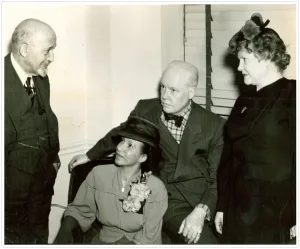
Above: Portrait of Shirley Graham Du Bois with W. E. B. Du Bois and others receiving Julian Messner Award for her book, There Once was a Slave, 1947. Meyer, Charles photo credit. W. E. B. Du Bois Papers (MS 312). Special Collections and University Archives, University of Massachusetts Amherst Libraries




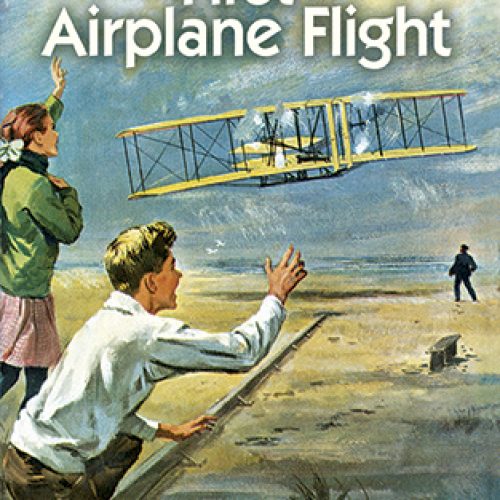

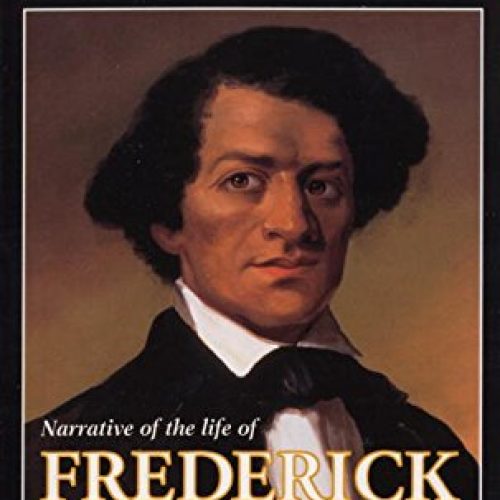
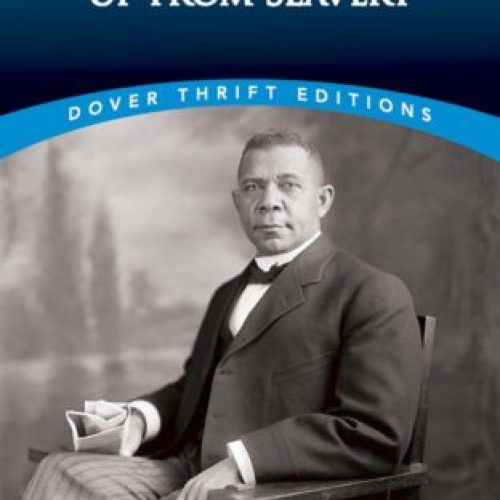


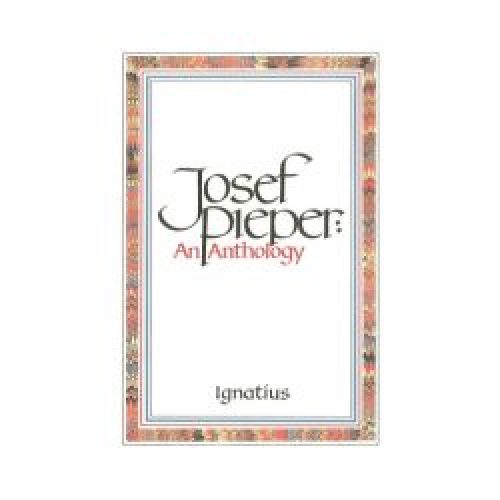




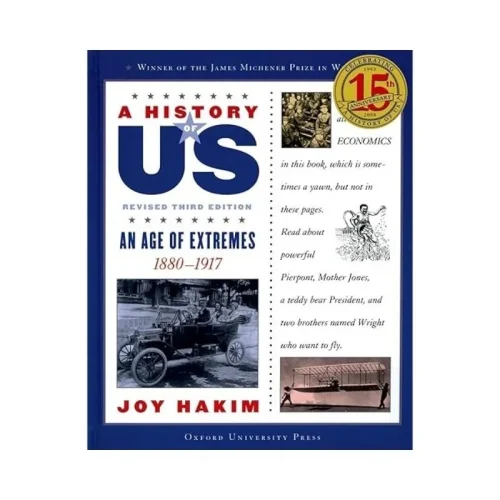
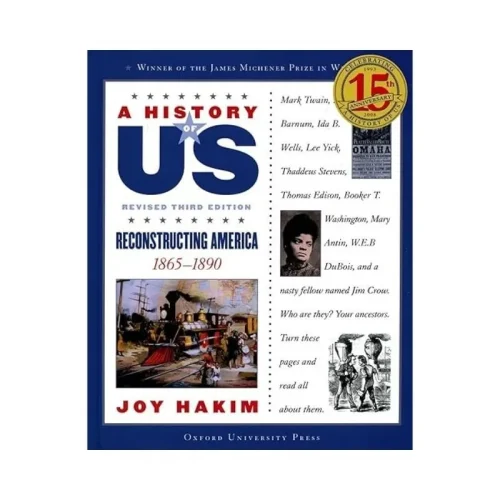

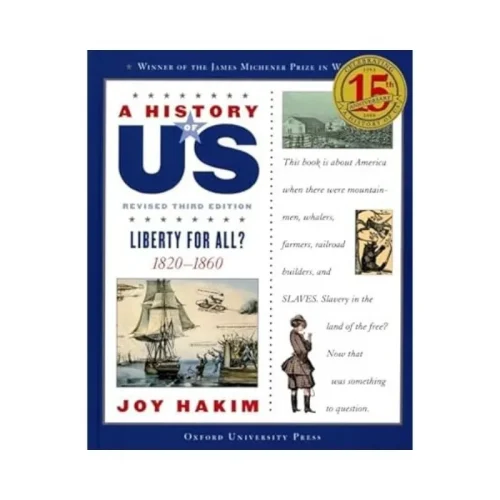
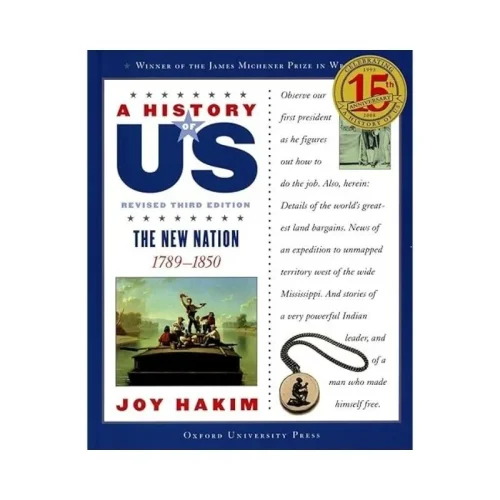
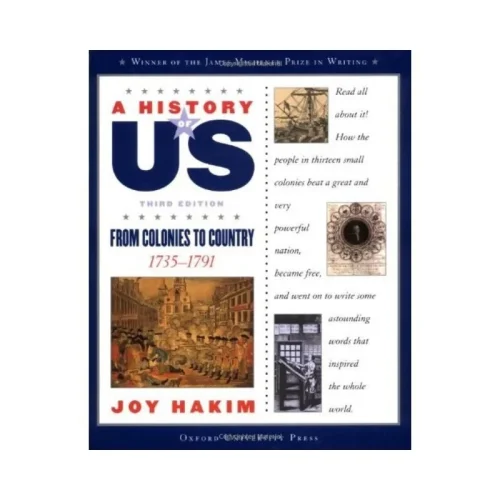


Reviews
There are no reviews yet.